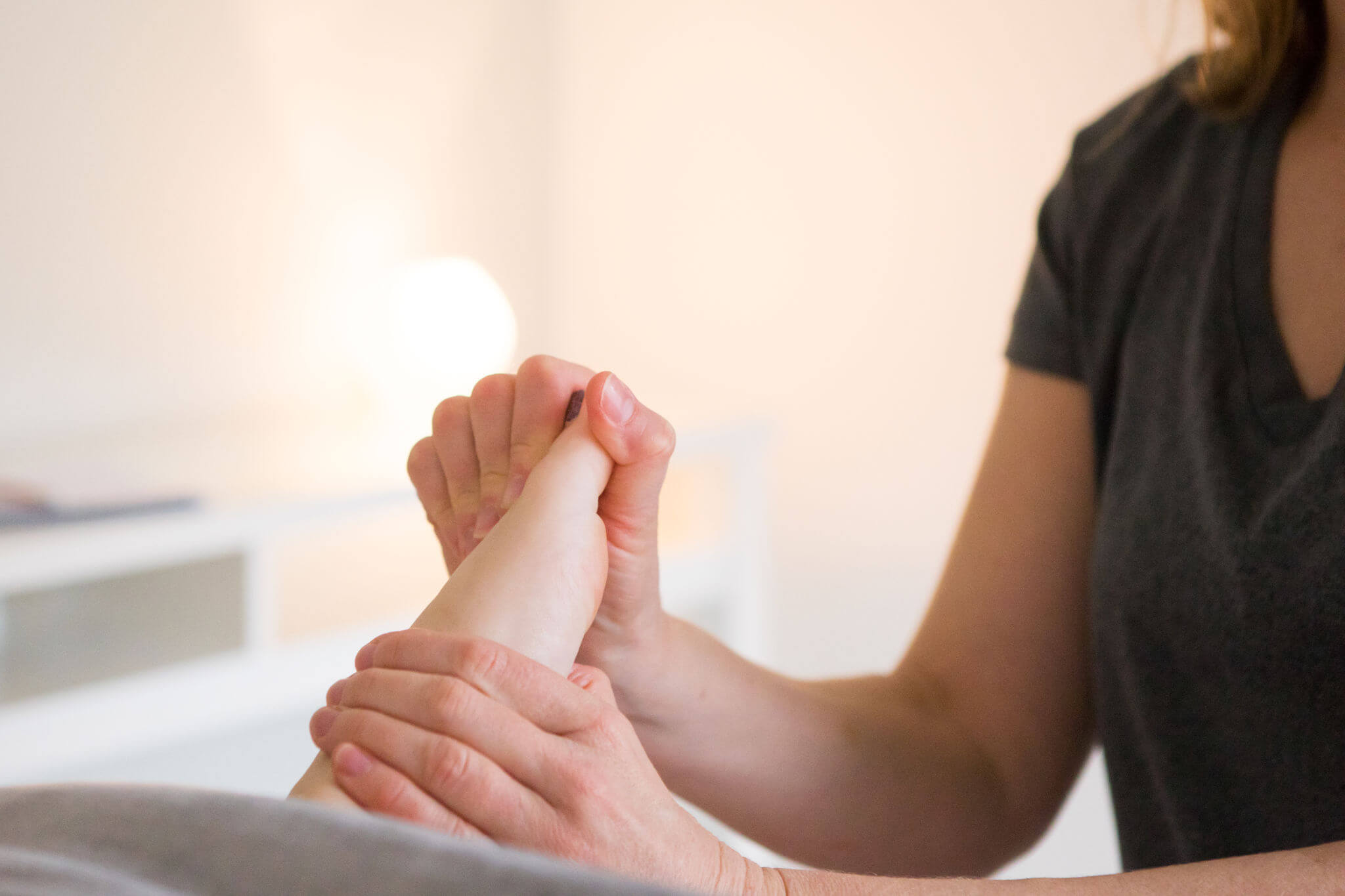
How I treat Plantar Fasciitis
The Role of Gait Analysis, Rehabilitation, and Sports Massage Therapy.
Plantar fasciitis is a common foot condition characterised by pain and inflammation of the plantar fascia, a thick band of tissue that connects the heel bone to the toes. It can be a debilitating condition, impacting mobility and overall quality of life. While traditional treatments like rest, orthotics, and stretching exercises are commonly prescribed, incorporating gait analysis, rehabilitation exercises, and sports massage therapy into the treatment plan can significantly enhance outcomes and alleviate symptoms for individuals suffering from plantar fasciitis.
Understanding Plantar Fasciitis
Plantar fasciitis often develops due to overuse, poor foot mechanics, improper footwear, or biomechanical issues. The condition typically manifests as sharp pain in the heel or along the arch of the foot, especially after periods of inactivity or prolonged standing. It can affect individuals of all ages, particularly athletes, runners, and those who spend long hours on their feet.
The Role of Gait Analysis
Gait analysis plays a crucial role in understanding the biomechanics of walking. By assessing an individual’s gait pattern, foot strike, and overall movement mechanics, I can identify any imbalances that may contribute to plantar fasciitis. This information is invaluable in tailoring a treatment strategy and addressing specific biomechanical issues.
Rehabilitation Exercises
Rehabilitation exercises are instrumental in strengthening the muscles and tissues surrounding the foot and ankle, improving flexibility, and correcting imbalances. Specific exercises targeting the calf muscles, Achilles tendon, and intrinsic foot muscles can help alleviate strain on the plantar fascia and promote healing. Additionally, incorporating balance and proprioception exercises can improve stability and reduce the risk of reinjury.
Sports Massage Therapy
Sports Massage therapy can provide significant relief for individuals with plantar fasciitis by reducing muscle tension, improving circulation, and promoting tissue healing. Targeted massage techniques, such as cross-friction massage, myofascial release, and trigger point therapy, can help break up adhesions, release tightness in the plantar fascia, and alleviate pain. Regular sports massage sessions, combined with other therapeutic interventions, can enhance the effectiveness of treatment and expedite recovery.
How I will work with you
I recommend a six session plan for the most effective treatment of plantar fasciitis. At the first session I will take a detailed history from you to get all relevant information and then get you walking on the treadmill in my treatment room so I can assess your gait cycle, biomechanics and movement patterns. I will then move on to further more specific tests, looking at toe strength for example (which I can also measure). Following this initial assessment I will use my skills as a sports massage therapist to asses range of motion and feel where there is tightness and adhesions in all the key muscles and surrounding soft tissues. Following this detailed initial session I will formulate a treatment plan specific to you. This will incorporate both rehab and hands on work.
Combining Therapeutic Modalities
By addressing underlying biomechanical issues, strengthening weak muscles, and promoting tissue healing, this multidisciplinary approach not only provides symptomatic relief but also helps prevent future recurrences.
Plantar fasciitis can be a challenging condition to manage, but with the right treatment, you can experience significant improvement in symptoms and function. As a certified Functional Gait Assessment practitioner I can provide valuable insights into your gait pattern and an integrated approach to treatment to facilitate a faster and more complete recovery.